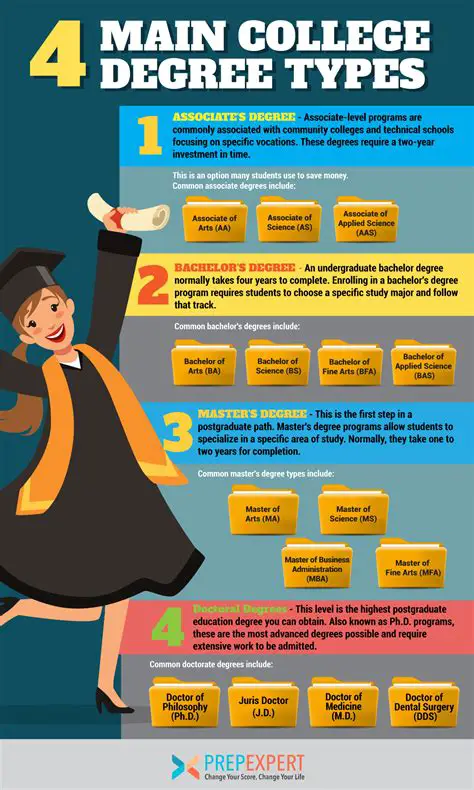Introduction

Pursuing an associate degree at a two-year college can be a suitable path for individuals seeking higher education credentials without committing to a four-year bachelor’s program. The duration of the associate degree program depends on several factors, including the number of credit hours required, the pace at which students take courses, and whether they attend full-time or part-time.
Factors Affecting Graduation Timeline
1. Choice of Associate Degree Program
Associate degree programs typically offer three tracks:
- Associate of Arts (A.A.): Focuses on liberal arts and general education courses.
- Associate of Science (A.S.): Emphasizes science, mathematics, and technology courses.
- Associate of Applied Science (A.A.S.): Prepares students for specific careers or technical fields.
The A.A. and A.S. programs usually require 60 credit hours, while A.A.S. programs may require between 60 and 120 credit hours.
2. Full-Time vs. Part-Time Enrollment
Full-time students typically take 12-15 credit hours per semester, enabling them to complete an associate degree in two academic years. Part-time students take fewer credit hours per semester, extending the completion time.
3. Transfer Credits
Students who have earned college credits prior to enrolling in the two-year college can transfer these credits, potentially reducing the time needed to complete the associate degree. However, the transferability of credits depends on the policies of the receiving institution.
4. Course Availability and Scheduling
The availability of required courses and the scheduling of classes can influence the graduation timeline. If certain courses are not offered every semester, students may need to wait to complete the program.
5. Academic Performance
Maintaining a high grade point average (GPA) can help students progress smoothly through the program. Students with low GPAs may need to retake courses or extend their graduation date.
6. Financial Considerations
Students who work part-time or have financial limitations may need to reduce their course load, which would extend the completion time.
7. Personal Circumstances
Unforeseen circumstances, such as family responsibilities or health issues, can also impact the graduation timeline.
Typical Graduation Timelines
Based on the factors mentioned above, the typical graduation timelines for two-year college programs are as follows:
| Degree Type | Full-Time Enrollment | Part-Time Enrollment |
|---|---|---|
| Associate of Arts (A.A.) | 2 years | 3-4 years |
| Associate of Science (A.S.) | 2 years | 3-4 years |
| Associate of Applied Science (A.A.S.) | 2-3 years | 4-6 years |
It’s important to note that these are just estimates. The actual graduation timeline may vary depending on the specific circumstances of each student.
Strategies for Graduating on Time
- Enroll full-time: Take the maximum number of credit hours allowed to expedite the completion process.
- Plan your coursework: Map out the required courses and schedule them effectively to avoid potential delays.
- Utilize resources: Seek assistance from academic advisors, tutors, and support services to stay on track.
- Stay organized: Manage assignments, deadlines, and study materials efficiently to avoid setbacks.
- Seek campus involvement: Join clubs, organizations, or internships related to your academic interests to enhance your skills and network.
- Prioritize academic performance: Dedicate sufficient time to studying and completing assignments to maintain a high GPA.
- Address challenges proactively: Anticipate potential obstacles and seek support when needed to prevent delays.
Conclusion
Graduating from a two-year college on time requires careful planning, effort, and commitment. By considering the factors that influence the graduation timeline, implementing effective strategies, and seeking support when needed, students can successfully achieve their educational goals.
